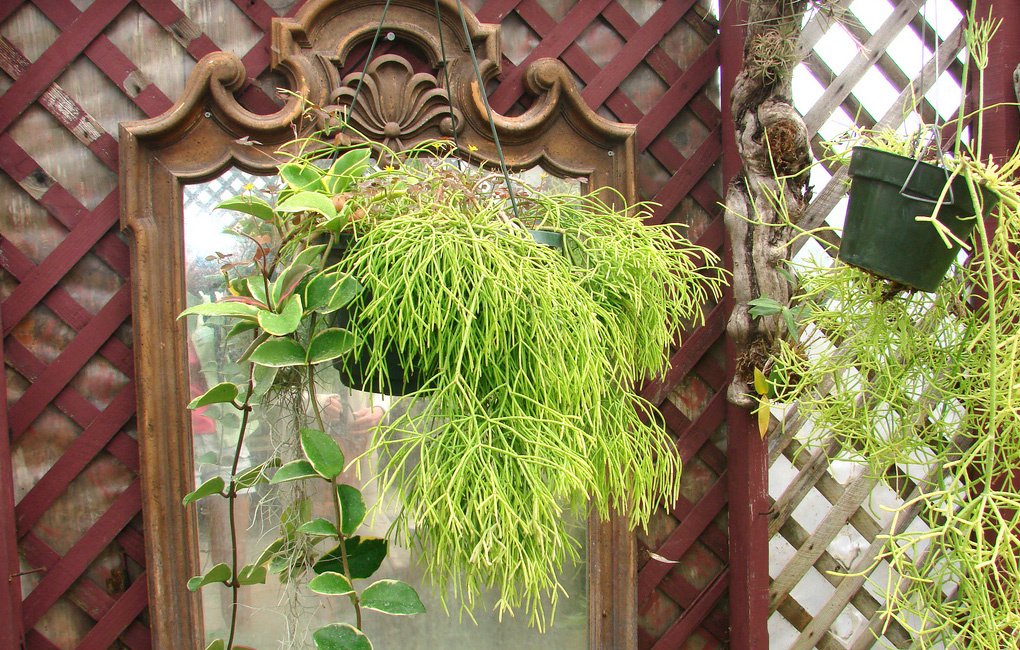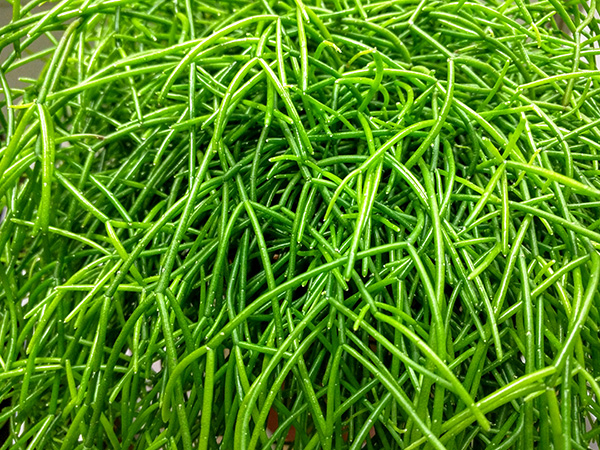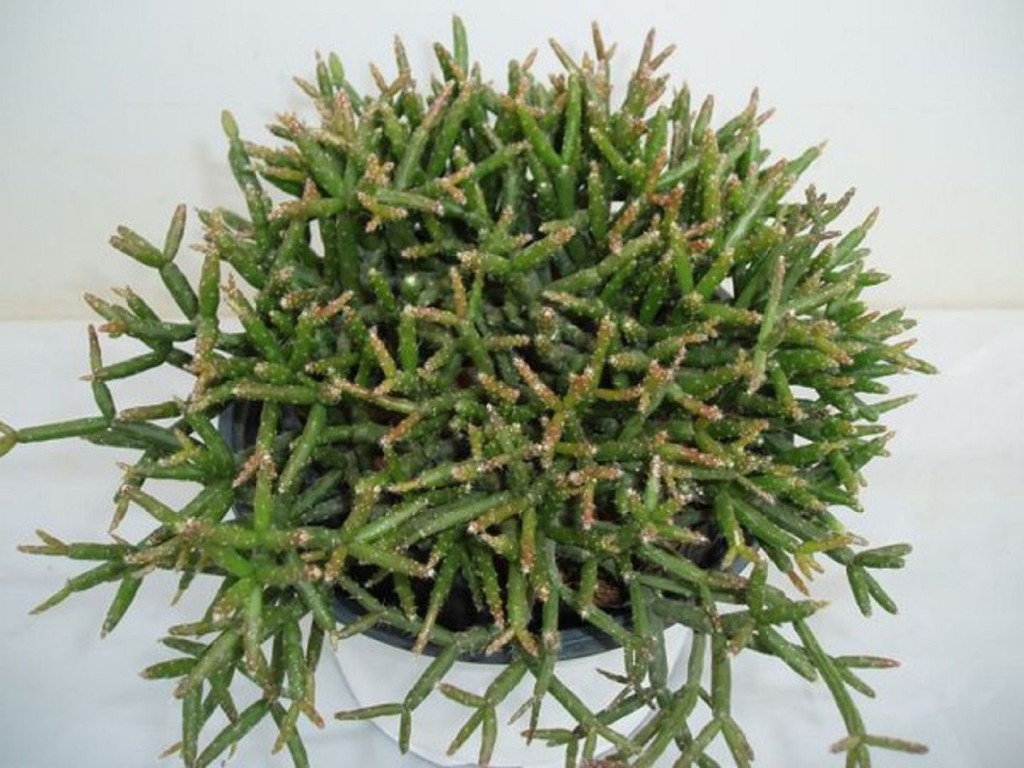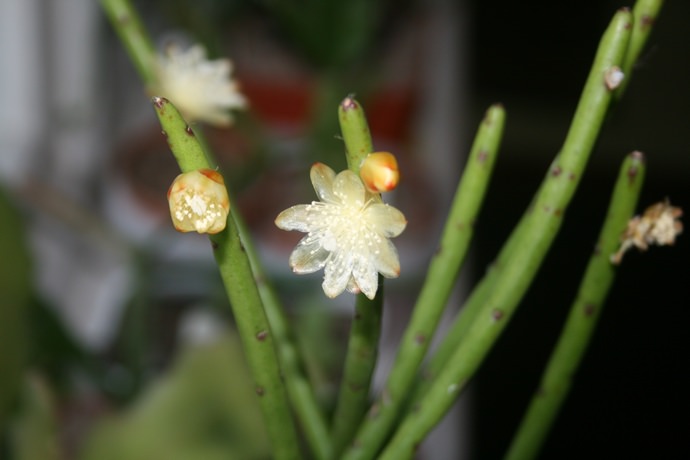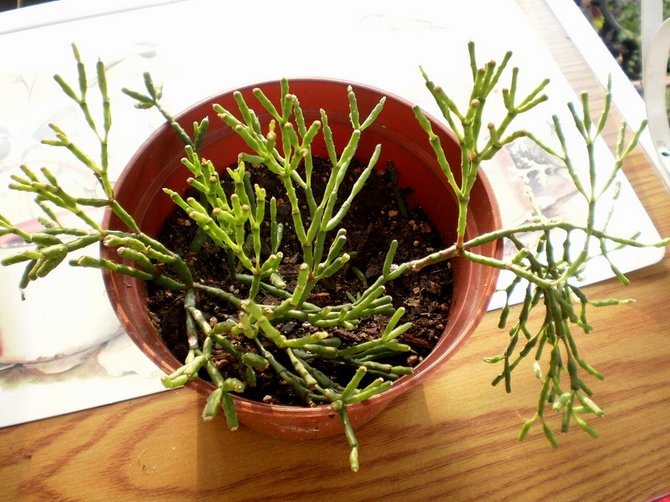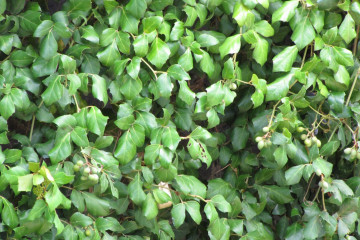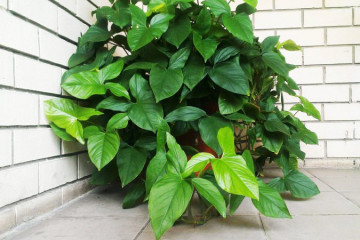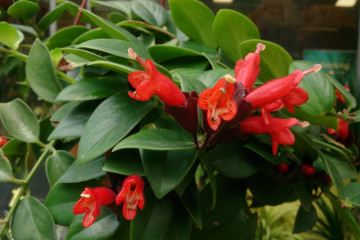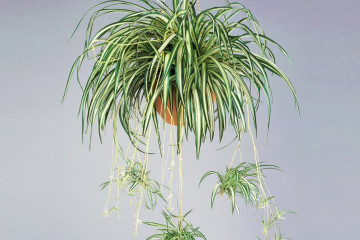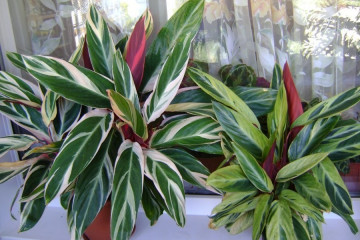Ripsalis - care and reproduction at home
Content:
This Brazilian cactus is grown at home in most cases as an ampelous plant. Ripsalis kassuta decorates the house not only with beautiful small flowers, but also with hanging shoots. An important feature of the plant is that it does not require complex care. What Ripsalis is and how to grow it correctly is described in detail in this article.
Ripsalis cassuta, or ampelous cactus
It is very different from other representatives of cacti. Its natural habitat is the Brazilian jungle. Rhipsalis barren grows in the jungles of Central Africa. Attention is drawn to the thin stems of countless green strings hanging from the cactus. The flower takes root well at home and is able to quickly increase its green mass.
Botanical description
Ripsalis cassuta is a representative of epiphytic plants. This means that in the wild, it has practically no connection with the soil, but receives useful substances from the environment. Its roots are not in the soil, but raised above the ground. Thus, they become immune to the excessive moisture of the rainforest.
The stems of this cactus consist of several parts of the hair-like, cylindrical, sometimes ribbed species. They are bright green in color. Segments are grouped into whorls. Thus, any shoot grows into several stems. The entire shoot is 65-95 cm. As it grows, it begins to hang out of the pot. From where the segments connect to each other, roots appear that grow in the air.
Small neat flowers that look like bells grow between the lobes or from the areoles. They consist of narrow small petals in several rows, between which groups of elongated stamens are visible. The color of the ripsalis flower can be varied: white, yellow or pink. Only one species is known for which it is red.
Ripsalis plant species
There are 60 types of ripsalis. Their characteristics are different.
Pilocarpa
This variety stands out among others for its powerful dark green shoots. On the superficial part of the lobes, many areoles with long yellow hairs are formed. Rhipsalis pilocarpa is capable of blooming repeatedly throughout the year. The inflorescences of this species are yellow in color. Long stamens make the flowers look fluffy.
Elliptical
This plant has dark green shoots that are flat, which is reflected in its name. The stems are usually 1–2 m long. The segments are covered with areoles, which are slightly pubescent. Light yellow flowers grow on the lateral edges of the lobules. They have a weak edge.
Gnarled
The stem segments of this plant are cylindrical in shape. Their diameter is 2-3 mm, and the length is 5 cm. In this variety, the length of the whips can reach 1 m.
Flowering ripsalis
The flowering period of Ripsalis cassuta in the wild is from October to January. This occurs during the winter months, because in the southern hemisphere, they occur during the summer season.
When grown in the northern hemisphere, ripsalis blooms during the spring and summer.At this time, the cactus needs abundant watering with water at room temperature.
Ripsalis care at home
This plant does not require undue effort to grow. To grow ripsalis, grooming consists of finding a place for it and regularly giving it a little attention.
Lighting and watering requirements
Diffused, but good lighting is suitable for Ripsalis at home. If there is a darkening in the location, this is quite acceptable for a cactus. However, if the flower is exposed to direct intense sunlight, it may be damaged.
The plant needs abundant watering. The most suitable time for him comes when the soil has already dried up by a third. When caring for Ripsalis at home during the rest period, the supply of moisture must be limited.
It is recommended to insist on water for irrigation. Plants need it to be at room temperature.
Temperature regime
The cactus grows well at 18-22 ° C. When the hot summer comes, it is recommended to take it outside. In this case, fresh air will cool the flower. Ripsalis cassuta does not suffer from drafts or piercing winds, however, sharp blows of wind can damage the stems of the plant. In winter, the cactus should be at a temperature of 10-12 ° C.
Soil characteristics
When the growing season continues, the plant needs to be fed regularly. To do this, you need to purchase fertilizer for cacti in a specialized store and apply them every two weeks. To feed Ripsalis, it is enough to use half the dose, which is indicated on the package.
Disease and pest control
It is dangerous for a cactus when moisture stagnation occurs, which occurs if it is watered too abundantly. In this case, the chances of getting sick with root rot are dramatically increased.
With excessive cooling, some segments may die off.
You should beware of attack by red ticks or scale insects. To effectively fight these parasites, a soap solution can be used. When processing a plant with it, it is important to ensure that it does not get into the soil. In such cases, you can use the insecticides karbofos or aktara.
Transplant rules
Transplanting Ripsalis casseta should be done very carefully, as it is easy to damage the tangled roots or shoots of the plant. The transplant is carried out as rarely as possible, because the flower is hard to bear.
Wide and flat planters are used as a new pot. They can be suspended or floor-standing.
Usually, for an adult flower, a soil mixture is used, consisting in equal parts of the following components:
- sod land;
- deciduous humus;
- peat;
- sand.
The pot is lined with a thin layer of stones or shards. The roots are transferred to a new place along with an earthen lump. This reduces the risk of injury during transplantation. After the procedure, watering is reduced.
Ripsalis: breeding at home
It is customary to use two methods of propagation: by seeds or cuttings. When ripsalis is grown, reproduction at home is more often carried out in the second way.
First, you have to prepare a plastic container where there is peat with the addition of vermiculite.Before planting, the planting material is kept in a solution of potassium permanganate for several hours. When grown in this way, no soil is used.
The mixture is covered with glass or foil and placed in a warm, well-lit place. Seeds need to be looked after, daily airing. The plant is well suited to a temperature of 23-25 ° C. Seedlings should be expected in two weeks. After that, the seedlings of the Ripsalis cactus are transplanted into a pot. In this case, it is allowed to plant several of them together.
To grow with cuttings, you need to cut off a piece of the shoot 2-3 segments long. After that, it is necessary to dry it for 2-3 hours.
Cuttings are germinated in moist sandy-peat soil. Rooting usually occurs within one or two weeks. Then the seedling will begin to actively grow: new segments will begin to form.
Ripsalis and Hatiora: differences
Hatiora is a plant from the genus Cactus. Its representatives outwardly bear a certain resemblance to Ripsalis. By their appearance, they can be distinguished by the way the shoots grow. In the hatior they are erect, and in the ripsalis they hang down.
Another difference between Ripsalis and Hatiora is how the flowers grow. In the first, they are present along the entire length of the segment, in the second they grow only at the ends.
Ripsalis cassuta is a very original, beautiful and at the same time unusual flower. It practically does not require complex care, but it is worth controlling some nuances.
